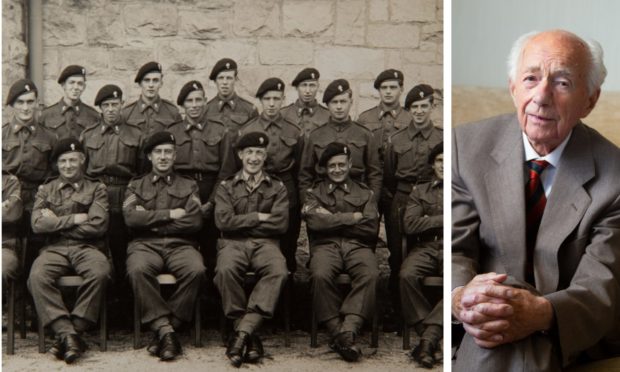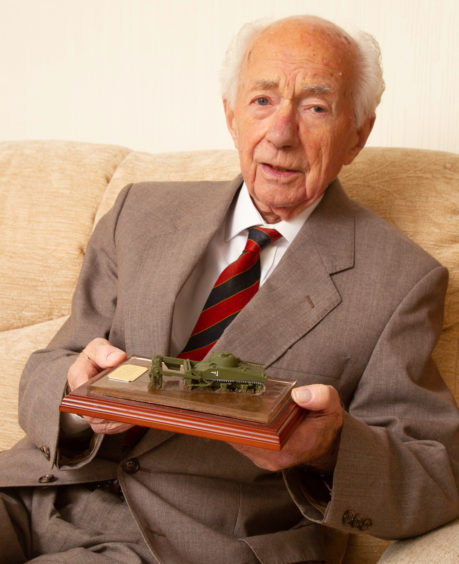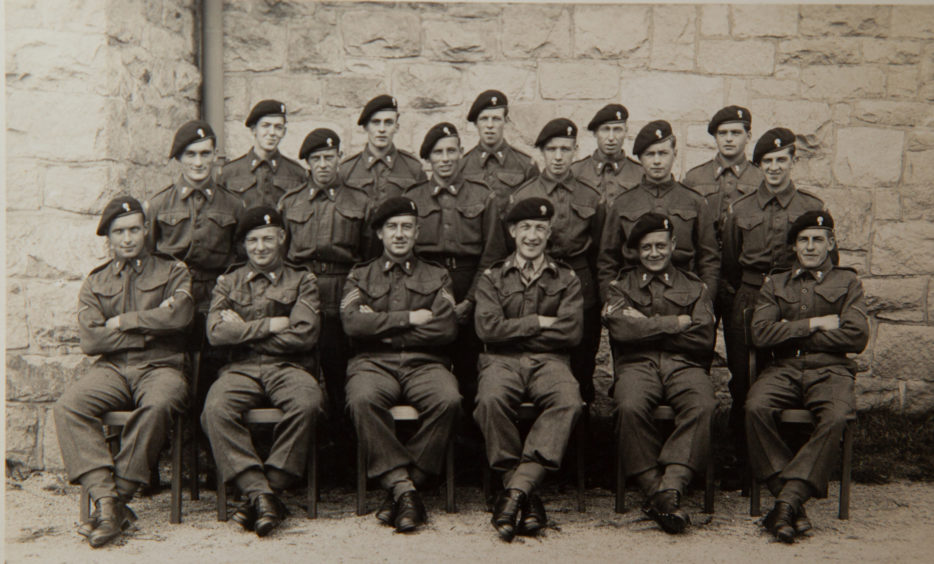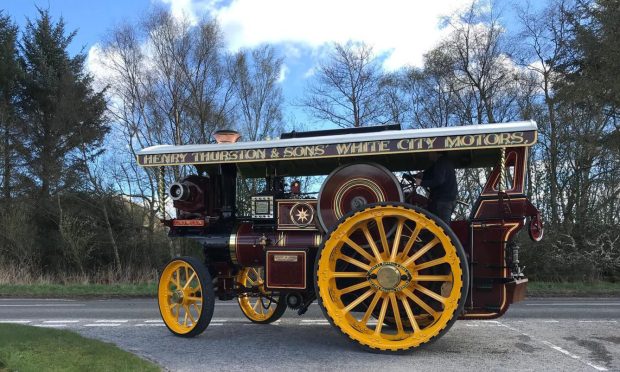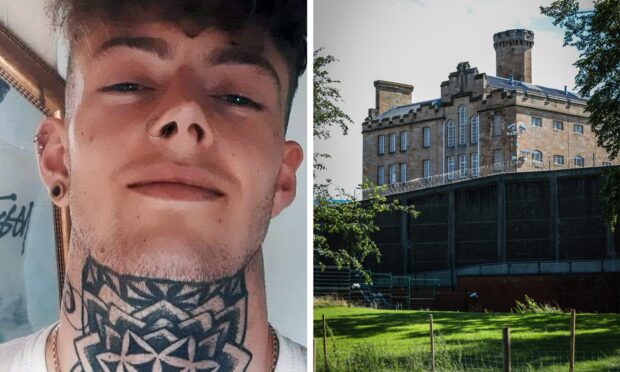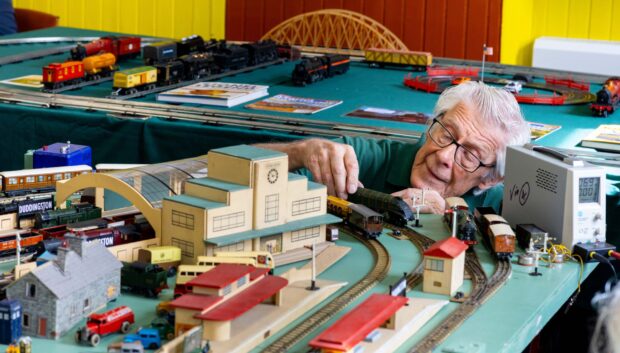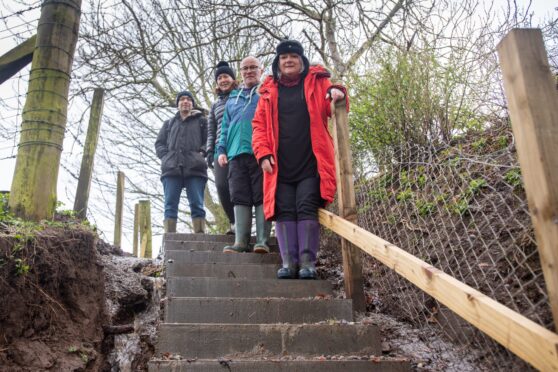A Monifieth Second World War veteran who fought in the midst of the “forgotten” Walcheren Landings during the Second World War more than 75 years ago has died suddenly after contracting Covid-19.
Ron Bruce, 95, who had been getting increasingly frail, was taken down to England by his daughter before the coronavirus lockdown to stay with her.
However, he had a fall there and ended up in hospital where he contracted Covid-19. Although he seemed to be getting through it, he suddenly passed away last weekend.
Six months ago, The Courier sat down with Mr Bruce in his Monifieth home for an exclusive interview to mark the 75th anniversary of the former 1st Lothians and Border Yeomanry trooper’s participation in Operation Infatuate at Walcheren, off Holland.
The then 19-year-old former Perth Academy pupil, who grew up in Inchture, was part of the Anglo-Canadian operation that got under way on November 1, 1944, to open the Belgian seaport of Antwerp to shipping and relieve logistical constraints.
The 94-year-old relived those events from the closing months of the war, and told of the lasting, sometimes haunting, impact that conflict has had on his life.
Locked inside a tank on board a landing craft as enemy shells rained down and blasted nearby troop ships to smithereens, he recalled how they splashed onto the beach only to find that the invasion planners had underestimated the consistency of the sand meaning that the vehicle immediately become stuck fast on the beach.
To make matters worse, after hunkering down in their trapped tank for the night, the young crew awoke next morning to discover that their supposedly watertight compartment had filled with seawater up to their knees.
“We were scared,” said Ron who arrived in Normandy 30 days after D-Day and quickly found himself in action helping to liberate the channel ports.
After discovering their tank was “absolutely ruined” as the water had got into the electrics, Ron and his tank mates eventually walked to Flushing and were shipped to Antwerp where they were gratified to see the success of the mission had already allowed supplies to be shipped in.
By the time the war in Europe ended in May 1945, Ron was “somewhere in Germany” and ended up in a desk job with the 8th Hussars before leaving the army in 1947.
He returned to Dundee where he spent many years working in the office of the South Mills jute mill on Brown Street. His older brother Willie, who served with the Black Watch, also made it home safely.
But while the widowed grandfather tried to remember the “funny things” that happened during the war – such as the time he accidentally broke his tank instructor’s arm while driving too quickly into a crater during training – he revealed that he was also still haunted by certain dark memories.
He vividly remembered a French woman trying to remove a jackboot from the severed leg of a dead German and the time when a colleague thought it would be funny to push over a “stone cold dead” German still kneeling in a bunker – only for the trapped air in his body to let out a terrible groan as it keeled over.
